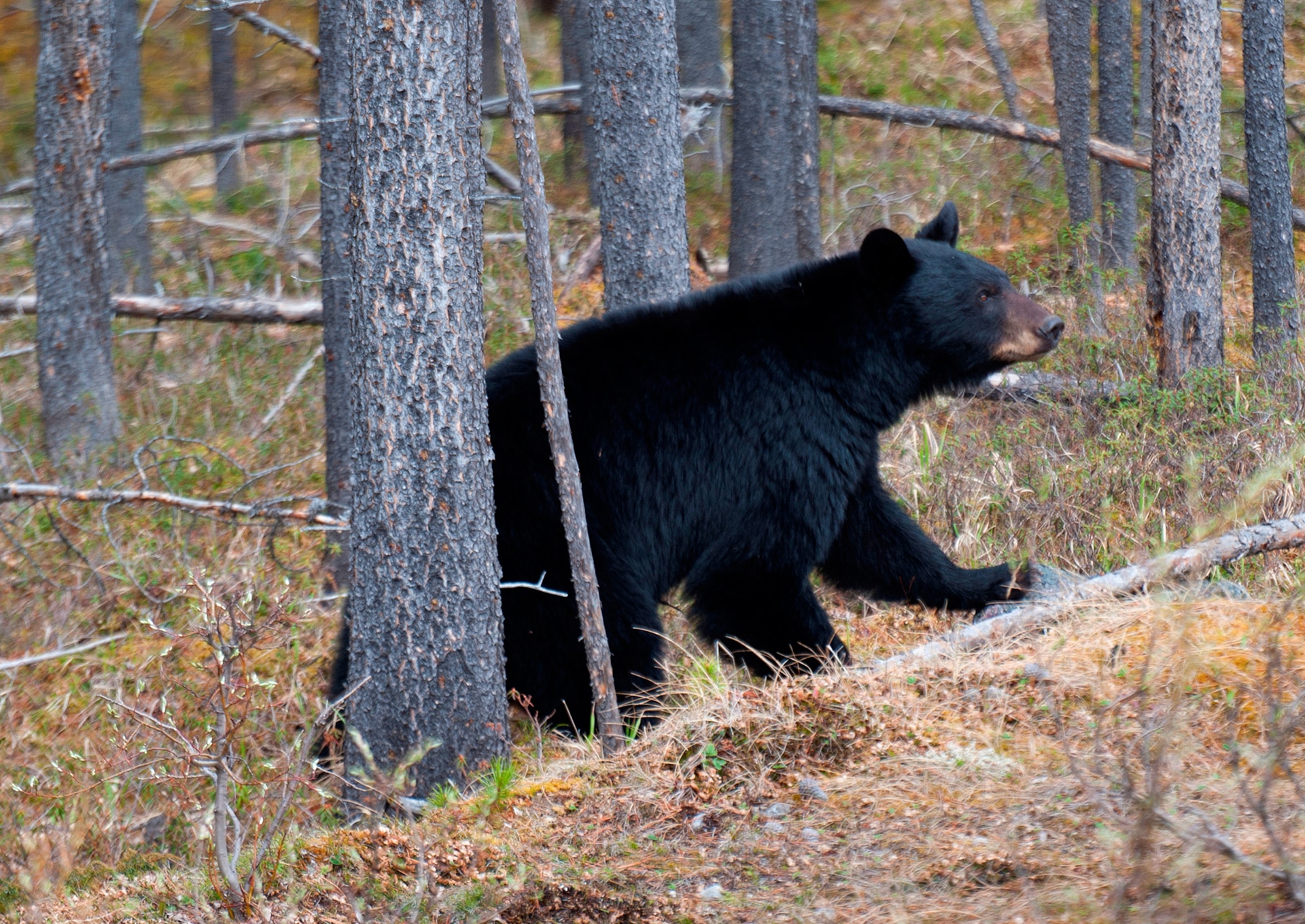Wildlife Safety in the Colorado Rockies
If you hike when you Visit Winter Park chances are you will encounter some sort of wildlife. The Colorado Rockies are teaming with native species ranging from small chipmunks (or mini bears as some like to call them) to large black bears, moose, and bighorn sheep. To stay safe on the trail it is important to not sneak up on wildlife. The majority of attacks each year stem from animals accidentally threatened by humans or dogs.
Here are some tips for handling different wildlife situations:
Moose:
When moose act aggressively they are doing it to protect themselves or their young and are trying to get you away from them. If you come across a moose on the trail keep your distance and give it time to get away. If you notice a moose is agitated by your presence, you are too close. Possible signs of an anxious and potentially aggressive moose:
- Head tossing
- Hair on neck standing up
- Whites of their eyes showing
- Urination on their legs
- Lip smacking
- *Sometimes an agitated moose will show no signs at all
Steps:
- Avoid Moose – keep yourself and your family at a safe distance especially if there is a calf (baby moose) around.
- If you are too close or the moose seems agitated back away from the moose.
- If a moose charges towards you, run.
- If possible put a large tree or boulder in between you and the moose, (Moose can’t see well and sometimes hiding behind a boulder or tree is all it takes for the moose to think you’ve left).
If you get charged and trampled, continue to fight to get away from the moose and hide.
Bears:
Black bears are native to the Colorado Rockies. Black bears will naturally avoid people however if you do see a black bear while hiking follow these steps to protect yourself and your family.
Steps:
- Keep your distance (300 feet or more)
- Do not make eye contact (they will see that as a sign of aggression). Instead look at an angle (while keeping the bear in sight).
- Make yourself look bigger by putting your arms out to the side.
- Speak in a calm, low, voice
- If it approaches you continue to make yourself look bigger.
- If the bear attacks you, fight back using sticks, pans, rocks, or whatever you have available to you. (Most black bears you might encounter will not see you as food and will most likely run away. However, if the bear is young, injured, or hungry, it might identify you as a meal.)
- If you need to run, run in a zigzag pattern. (Their center of gravity prevents them from making the quick turns humans can and will help you in your escape.)
Mountain Lions:
Steps:
- Consider yourself lucky because seeing a mountain lion is extremely rare!
- Make yourself appear as large as possible – if you are with others act together to seem large.
- Make a lot of noise!
- Act like a predator – maintain eye contact, aggressively wave your arms, toss rocks or sticks. Do not turn away or run.
- Slowly create distance by backing up and giving the mountain lion room to get to where it is going, (kittens, den, prey, etc.).
- Should it attack, fight back. Protect your neck and throat. If possible utilize tools such as sticks, rocks, jackets, etc. to fight.
Other Tips:
Bells: We recommend bells on dogs or gear to give wildlife adequate warning that humans and dogs (both predators) are in the area. Accidentally startling an animal might put the animal on the defensive and cause them to react out of fear.
Dogs: Keep dogs under voice command or on a leash. Countless moose “attacks” occur each year because dogs chased a moose and stimulated it to charge out of fear.
Go Hike: Don’t let all this talk of wildlife safety deter you from hiking. The mountains, rivers, and valleys around us are wild and spectacular. If you hike aware and safely, you will not have a problem with wildlife when you are out exploring the area.





